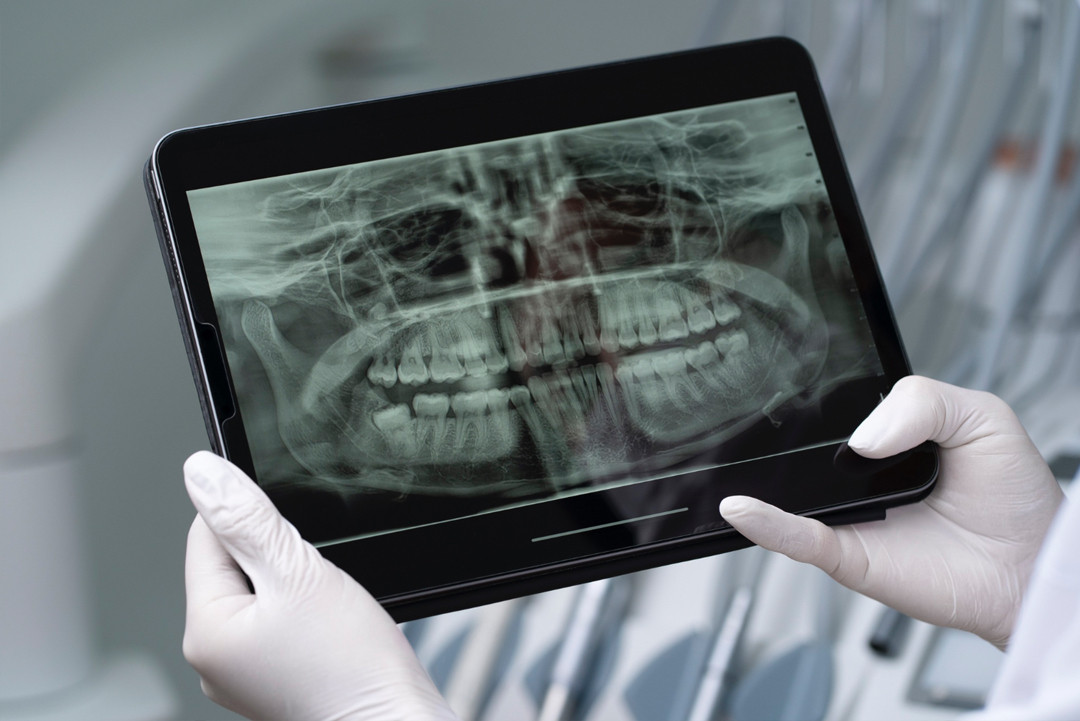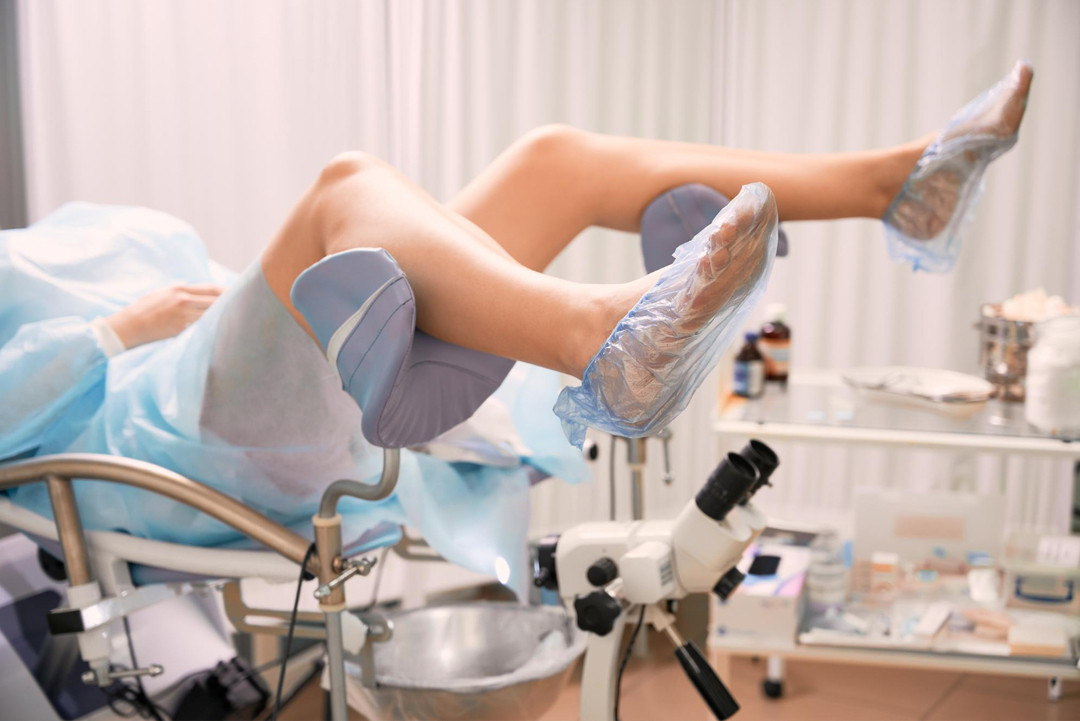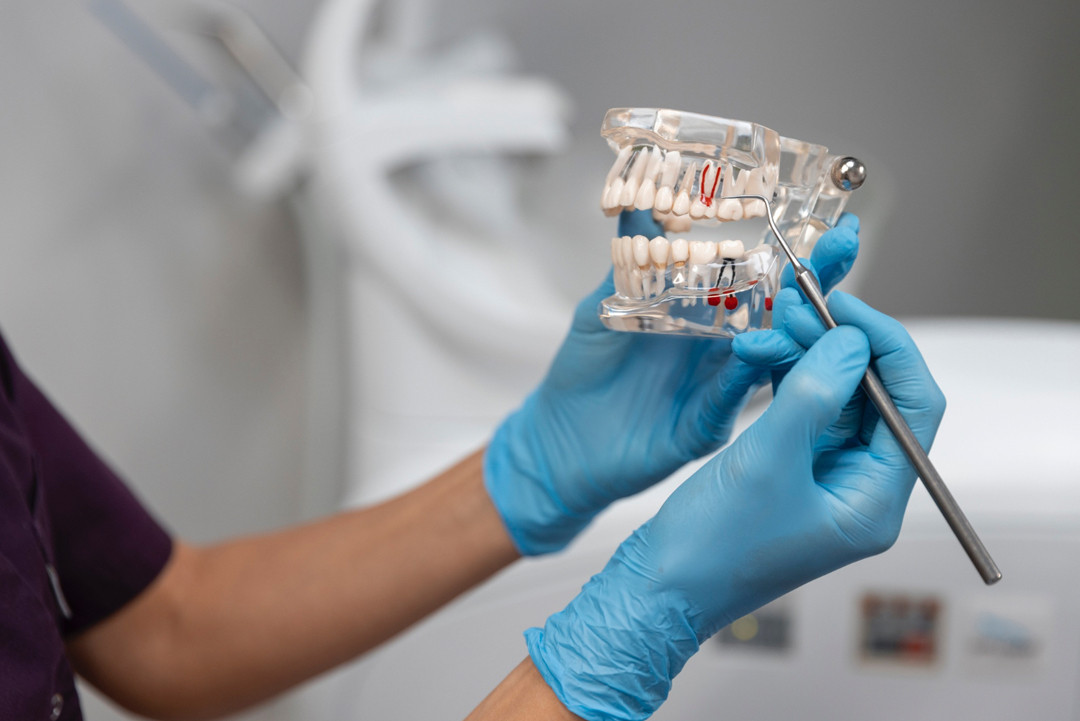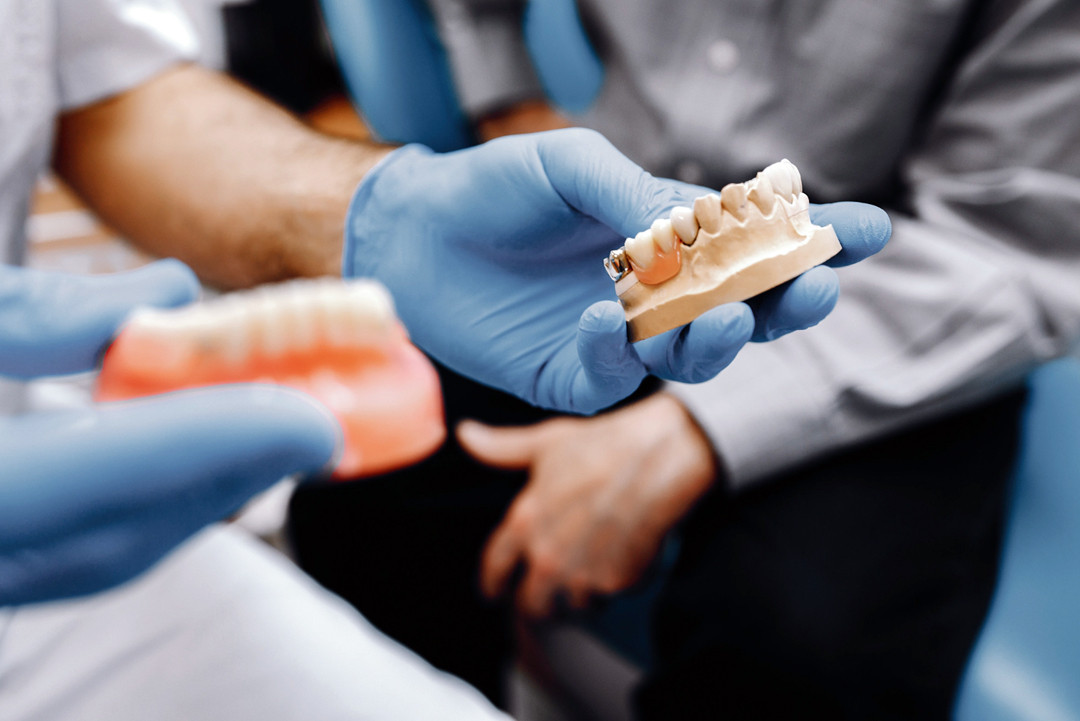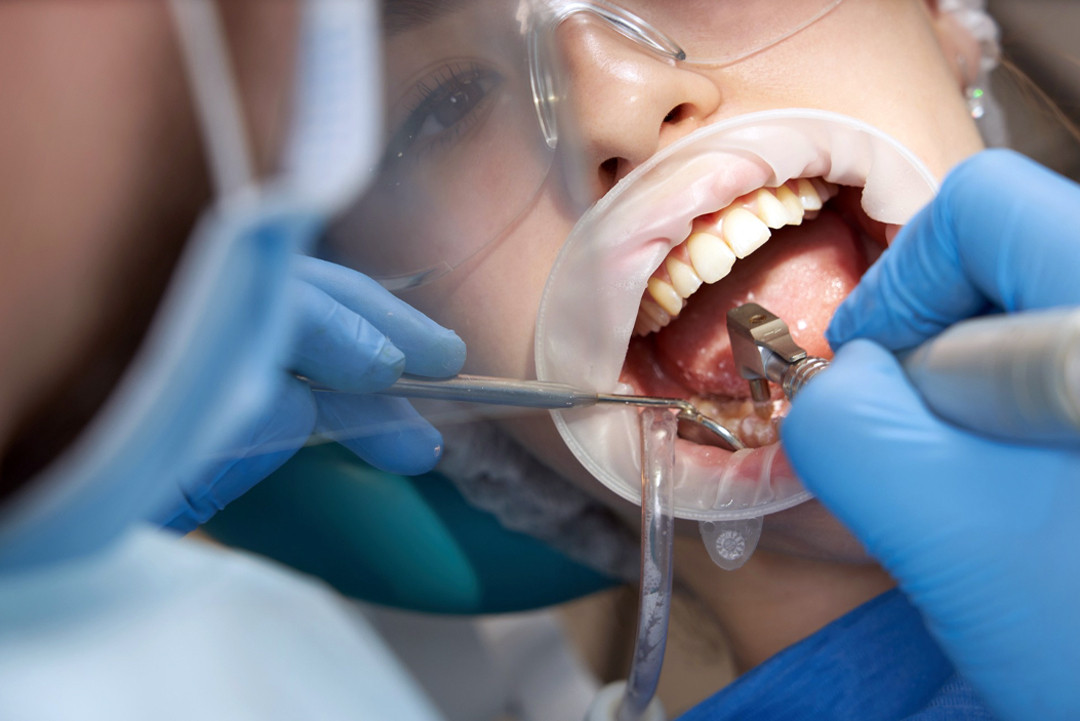What Is Oral and Maxillofacial Radiology?
OMR is a specialized branch of dentistry focusing on the diagnosis, treatment, and monitoring of diseases affecting the mouth, teeth, face, and jaws. This field employs advanced imaging techniques such as X-rays, CT scans, MRI, and ultrasound to diagnose complex conditions accurately.
Role of Oral and Maxillofacial Radiologists
OMR specialists are trained to:
- Interpret radiographic images for head, neck, jaw, and dental conditions.
- Create personalized treatment plans based on diagnostic findings.
- Work in collaboration with dentists, surgeons, and other specialists for comprehensive care.
When Should You Consult an Oral and Maxillofacial Radiologist?
- Chronic Orofacial Pain: Conditions like temporomandibular joint disorders (TMD) or unexplained facial pain.
- Trauma: Evaluation of fractures, dislocations, or soft tissue injuries in the facial or jaw regions.
- Tumors or Cysts: Diagnosis and treatment planning for maxillofacial tumors or developmental anomalies.
- Oral Cancer: Detecting cancerous growths or complications from cancer treatments.
- Dental Implant Planning: Assessing bone density and structure for implant placements.
- Complex Dental Cases: Failed root canals, lesions, or persistent infections.
- Orthodontic Needs: Planning for braces or other alignment procedures.
- Systemic Conditions: Oral manifestations of systemic diseases like osteoporosis or rheumatoid arthritis.
Common Diagnostic Imaging Techniques in OMR
- X-Rays
- Used for detecting bone pathologies and dental structures.
- Minimal radiation exposure with quick results.
- CT Scans (Computed Tomography)
- Provides 3D cross-sectional images for detailed analysis of bones and soft tissues.
- Ideal for diagnosing tumors, fractures, and conditions requiring surgical intervention.
- MRI (Magnetic Resonance Imaging)
- Offers detailed imaging of soft tissues, joints, and structural abnormalities.
- Useful for TMJ issues, trauma, and oral cancer.
- Ultrasound (US)
- High-frequency sound waves create real-time images.
- Ideal for evaluating soft tissue abnormalities and guiding interventional procedures.
Common Conditions Addressed by OMR
- Temporomandibular Joint Disorders (TMD).
- Cysts and Tumors in the Maxillofacial Region.
- Oral Cancer and Precancerous Lesions.
- Impacted Teeth and Wisdom Tooth Extractions.
- Sleep Apnea and Airway Obstructions.
- Soft Tissue Calcifications and Infections.
- Osteonecrosis and Bisphosphonate-related Bone Issues.
- Orthodontic Planning and Follow-ups.
Benefits of Oral Radiology
- Accurate Diagnosis: Helps detect complex oral and facial conditions.
- Treatment Planning: Assists in creating effective, individualized care plans.
- Non-Invasive: Provides detailed imaging without surgical exploration.
- Early Detection: Identifies problems like cancer early for better outcomes.
Risks of Oral Radiology
- Radiation Exposure: Modern imaging minimizes risks, with dosages adjusted to safe levels.
- Cost: Advanced imaging may be expensive, but the benefits often outweigh the costs.
Conclusion
Oral and maxillofacial radiology is an integral part of dental and medical care, providing advanced diagnostic and therapeutic options. With cutting-edge imaging technology, OMR specialists ensure accurate diagnoses and effective treatments, improving patient outcomes in complex oral and maxillofacial cases.

